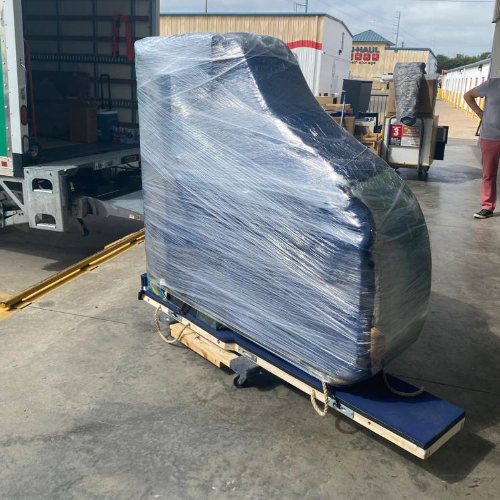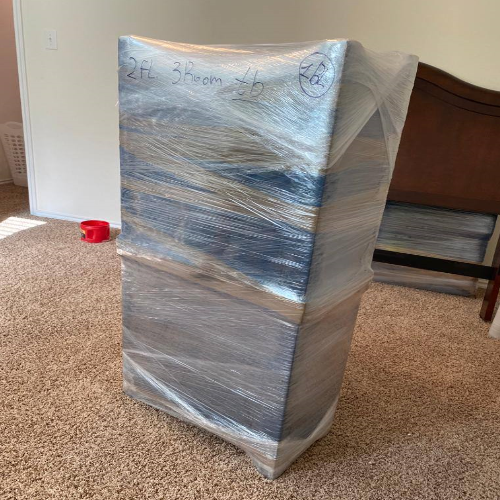Piano Moving

The Art and Science of Piano Moving: Ensuring a Safe Transition
Understanding the Complexity
Pianos come in various sizes and shapes, from the upright piano to the grand piano, each presenting unique challenges. The average piano can weigh anywhere from 300 to 1,200 pounds, making it one of the heaviest items in a household. Moreover, pianos are not only heavy but also delicate, with thousands of parts that can be easily damaged if not handled properly.
**Key Considerations:**
– **Weight Distribution:** The uneven weight distribution in pianos makes them tricky to move without specialized equipment.
– **Delicate Components:** Internal components, like strings and hammers, can be damaged by improper handling.
– **Size and Shape:** Grand pianos, with their distinctive shape, require disassembly and careful maneuvering through doorways and staircases.
The Role of Professional Piano Movers
Hiring professional piano movers is essential to prevent damage and ensure the safety of both the piano and the movers. These specialists have the necessary skills, equipment, and experience to handle the job efficientl.
**Professional Techniques:**
– **Assessment and Planning:** Movers first assess the piano’s type, size, and the layout of the moving path. This includes measuring doorways, hallways, and staircases.
– **Specialized Equipment:** Tools like piano dollies, skid boards, and ramps are used to move the piano safely.
– **Disassembly:** For grand pianos, movers disassemble parts such as the legs, pedals, and music rack to facilitate easier handling.
The Moving Process
The actual process of moving a piano involves several steps, each requiring precision and care. Here’s a breakdown of the typical procedure followed by professional movers:
- **Preparation:**
– The piano is securely wrapped in protective padding to prevent scratches and damage.
– Movers ensure the moving path is clear of obstacles.
- **Lifting and Securing:**
– Using a piano board, the movers lift the piano onto a dolly.
– Straps are used to secure the piano to the dolly, ensuring it remains stable during transit.
- **Transport:**
– The piano is carefully moved out of the house, often involving navigation through tight spaces and staircases.
– Once outside, the piano is loaded onto a truck equipped with a hydraulic lift.
- **Delivery:**
– Upon arrival at the destination, the piano is unloaded with the same level of care.
– If necessary, the piano is reassembled and positioned in its new location.
Ensuring Safety and Preventing Damage
The primary goal of professional piano movers is to ensure the safety of the instrument and prevent any potential damage. This involves meticulous planning and the use of proper techniques throughout the moving process.
**Preventative Measures:**
– **Climate Control:** Pianos are sensitive to temperature and humidity changes. Movers ensure the moving truck is climate-controlled to prevent damage.
– **Insurance:** Professional movers offer insurance to cover any potential damages that might occur during the move.
– **Regular Maintenance:** After moving, it’s recommended to have the piano tuned and checked by a professional to ensure it’s in optimal condition.
Conclusion
Moving a piano is a complex task that requires specialized knowledge and equipment. Professional piano movers bring the expertise needed to handle these delicate instruments, ensuring they are transported safely and efficiently. By entrusting your piano to experienced movers, you can prevent damage, avoid injury, and ensure your piano remains in perfect condition throughout the move. Whether it’s an upright piano or a grand piano, professional moving services provide peace of mind and a smooth transition for one of your most treasured possessions.


Our Services
- Local Moving
- Long Distance Moving
- Full Packing Service
- Piano Moving
- Storage

